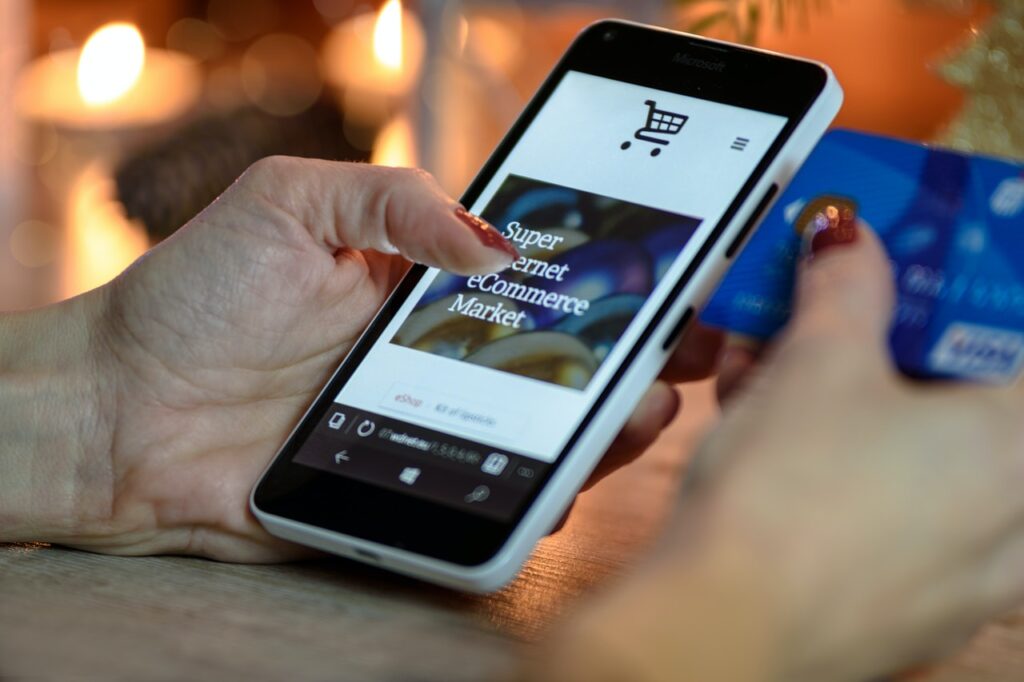When it comes to driving conversions, your product pages can make or break the success of your campaign. While several factors influence conversions, one can strategically optimise their product pages and design them to encourage more positive purchase decisions.
This often includes strategies like clear product descriptions, high-quality images and videos, strong call-to-actions, micro-conversions, email marketing, and more.
Strategies to Optimise WooCommerce Product Pages
There is no one-size-fits-all approach to conversion rate optimisation. But here are some tactics that work more often than not:
Clear Product Descriptions
The product page should be aimed at helping online shoppers make an informed purchase decision. So ensure that you detail every aspect of the product that will help them understand its value. Here are some best practices we recommend following:
- Focus on highlighting the benefits and use cases of the product
- Keep your descriptions concise and easily readable
- Optimise descriptions with relevant keywords to optimise for the search engine
- Include FAQs to address common queries about the product
- Share shipping, delivery, return, refund, and exchange policies clearly
- Offer shopping assistance on products with more variants
Include High-Quality Images and Videos
Most online shoppers are driven by visual cues to explore new products. Studies have found that including high-quality visuals, can increase conversions by almost 15%. So ensure your WooCommerce product page layout focuses on highlighting the best visuals. Some best practices to follow include:
- Use high-resolution images and allow customers to zoom in for clarity
- Offer multiple angles to give customers a complete view of the product
- Include lifestyle shots to help shoppers visualise the product’s real-world context
- Add videos that showcase the product in use or how it works
- Optimise images and videos for quick loading and easy viewing on mobile devices
- Leverage 3D models to add more depth to your product visuals
- Include product how-to documents and videos as additional resources
Add Strategic Call-to-Action (CTA) Buttons
Once a shopper lands on your product page, you want their focus on taking the next step into the conversion funnel. This is where your call to action becomes important; here are some best practices to follow:
- Use contrasting colors for your CTA buttons to make them visible
- Use direct action-orientated language – eg. Buy Now, Add to cart, Get yours today, etc
- Offer a micro-conversion like ‘add to wishlist’ or ‘save for later’
- Experiment with engagement-first call-to-actions like ‘virtual try-ons’
- Test the placement of your CTA as per browsing behaviour
- Use exit-intent or trigger-based popups for additional call-to-actions like newsletter subscriptions
Showcase Customer Reviews, Product Ratings and UGC
Almost 98% of purchase decisions are influenced by the reviews one sees online. Ensure you add enough social proof to your product pages to support your claim.
- Display star ratings at the top of the product page
- Include an easy way to browse reviews and testimonials at the bottom of the description
- Add user-generated content like images and videos from social media
- Highlight media mentions, influencer collaborations, media features, and more (if applicable)
- Embed social media posts to showcase interest and engagement on the product
- Use product labels to highlight value; eg. certifications, approvals, benefits, etc
Ensure Fast Load Times and Mobile-Friendly Design
A slow website can frustrate consumers shopping on the go. Studies have found that every one-second improvement in page load time can increase your conversions by 2%. Here are some best practices to follow:
- Compress images and videos without sacrificing quality to ensure quick loading
- Choose a reliable hosting provider that offers fast load times, especially during high-traffic periods
- Ensure product pages are fully responsive; adhere to Google’s mobile-first indexing requirements
Leverage WooCommerce Emails To Drive Engagement
While product page optimisation is crucial, it’s also important to ensure you have a follow-up strategy for consumers who have shown interest in what you offer. Ensure you have automated WooCommerce emails for the following:
- Abandoned cart reminders to bring back shoppers to complete purchase
- Wishlist reminders to re-engage consumer interest in items saved for later
- Product recommendations based on customer behaviour and previous purchases
- Post-purchase emails to gather feedback, product reviews and ratings
- Recommend complementary products to upsell and cross-sell from other collections
- Offer shopping assistance on high-value products over scheduled calls
Optimising your product pages on WooCommerce shouldn’t be a one-time activity. It’s important for brands to stay on top of their data to understand how online shoppers are engaging with the pages, optimising them as per their preferences and behavior.
Whether it’s the product descriptions, the call-to-actions, pop-ups, or live chat automation to offer additional shopping assistance to the follow-ups you automate on emails, remember to continually experiment with strategies.



